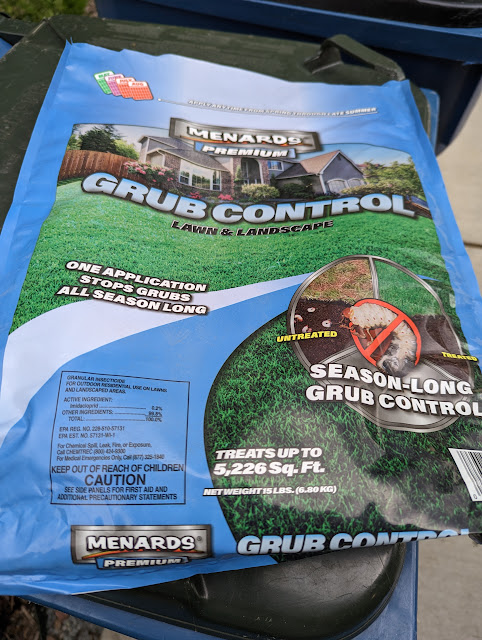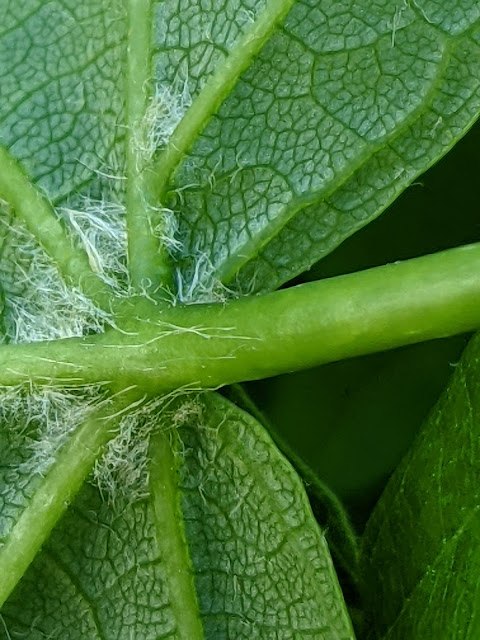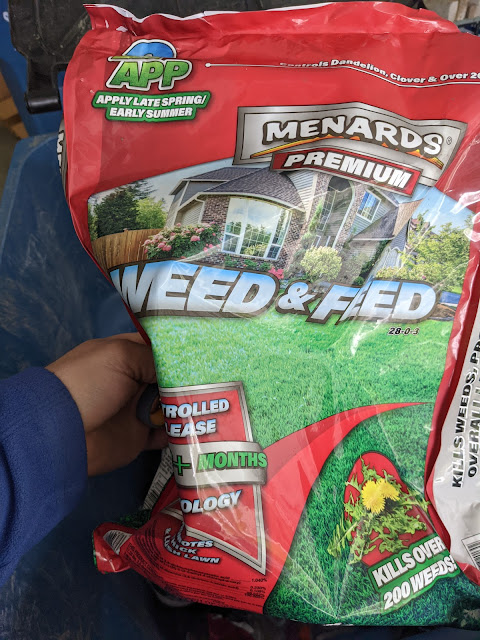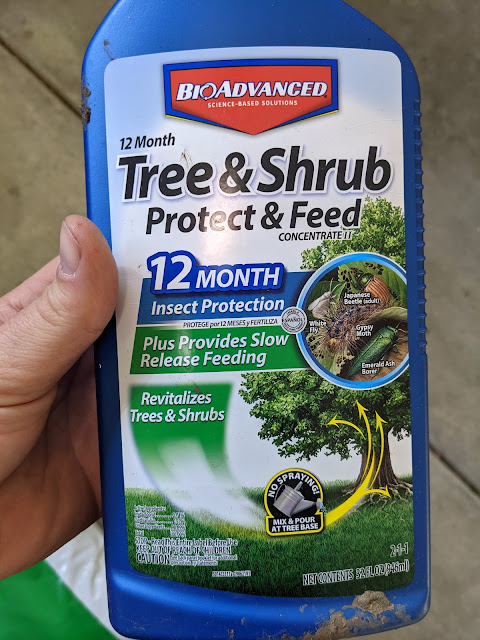Disneyland Roses In Bloom - Early October 2025

The newly planted (this season) Disneyland Roses are really popping off these days, too. Blooms on top of blooms. I was pretty good about feeding these monthly and treating them with multiple ways for pests and fungus: systemic as well as topical spraying. I also was deliberate in deadheading them and removing the rose nips. The result are the largest, most productive Disneyland Roses I've ever grown. They also have the longest stems of any Floribunda Rose that I've ever grown. Below are a few shots showing the current state of these roses. I'm going to stop deadheading them and hope that there won't be much new growth being put on in the final weeks before frost.












